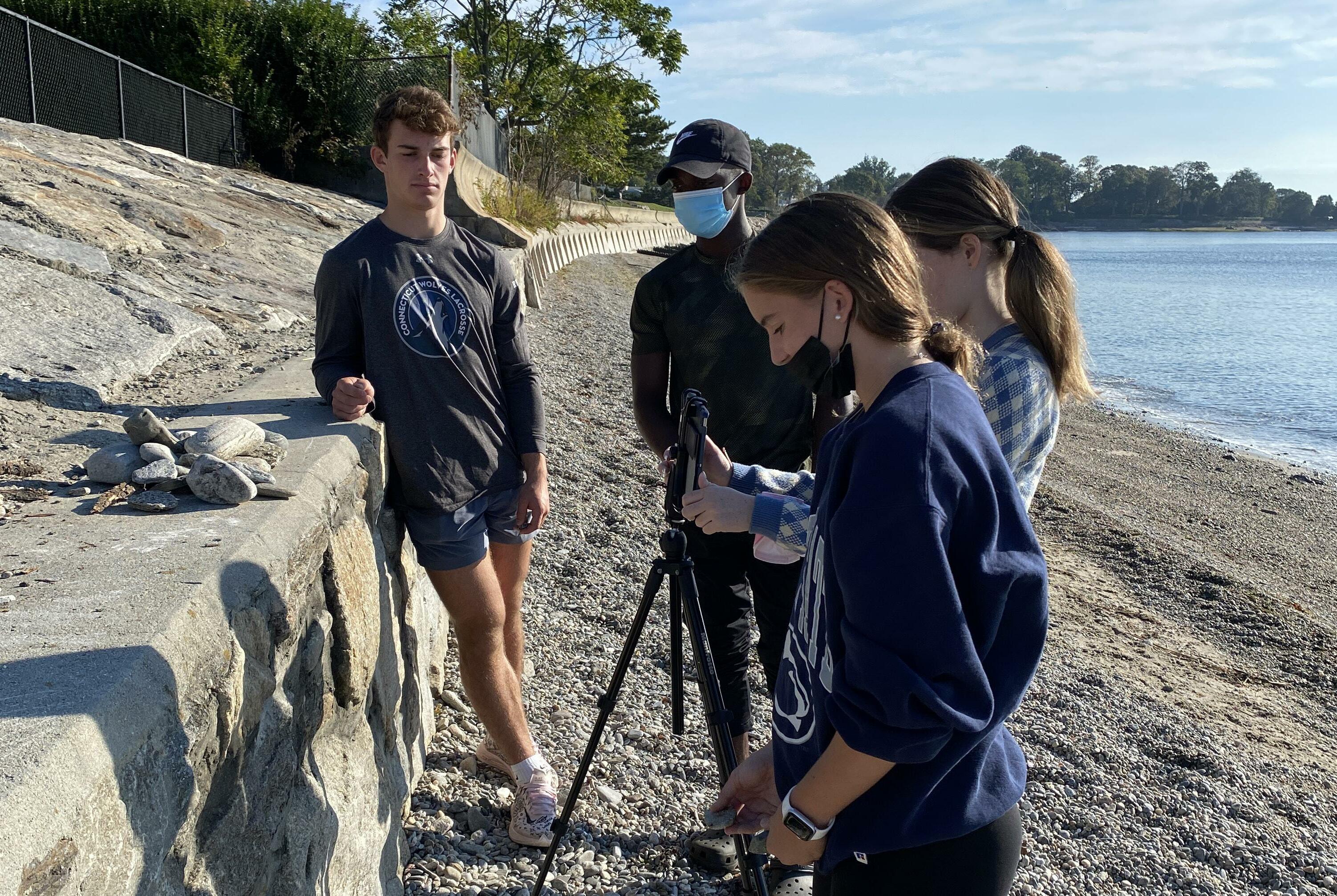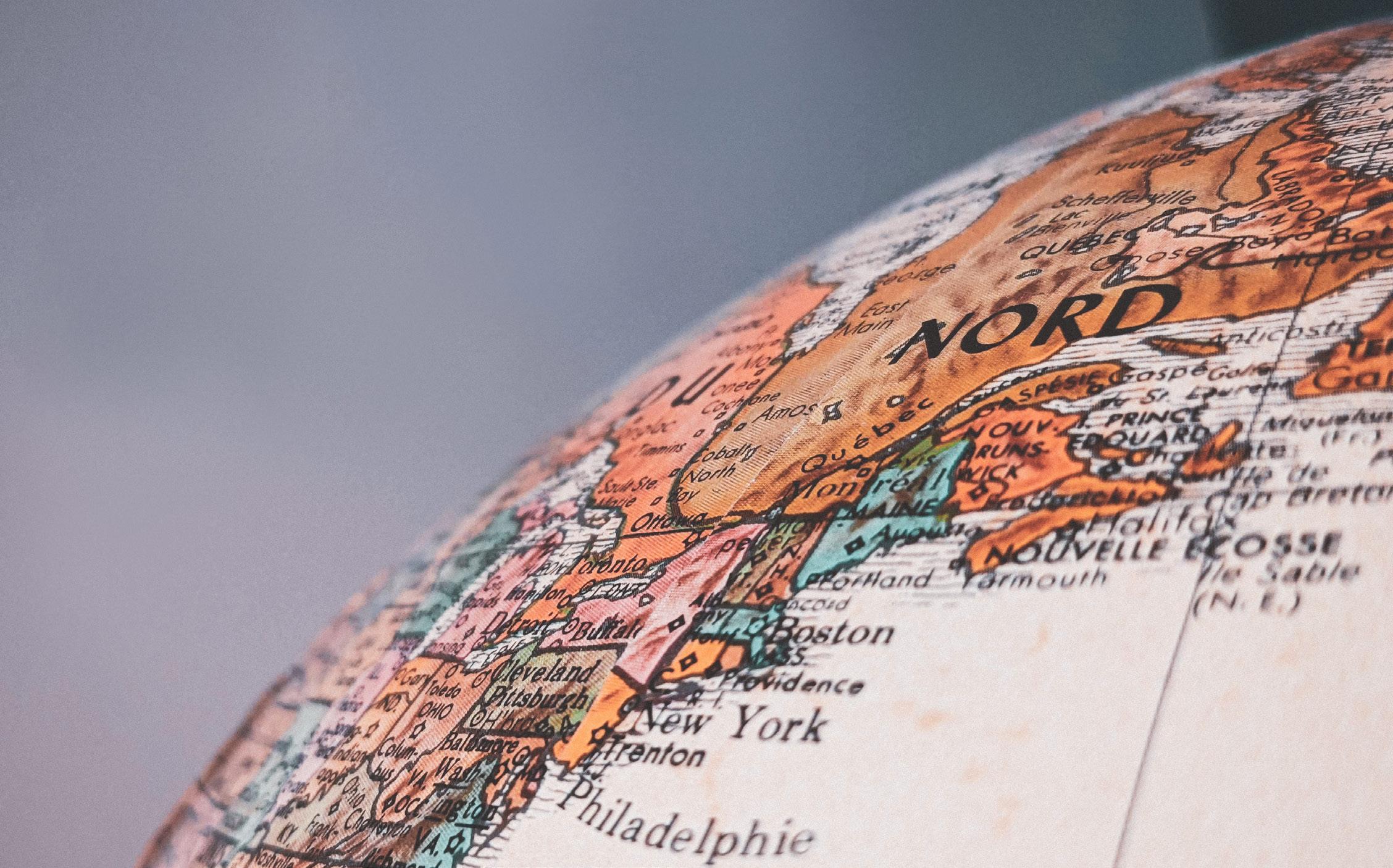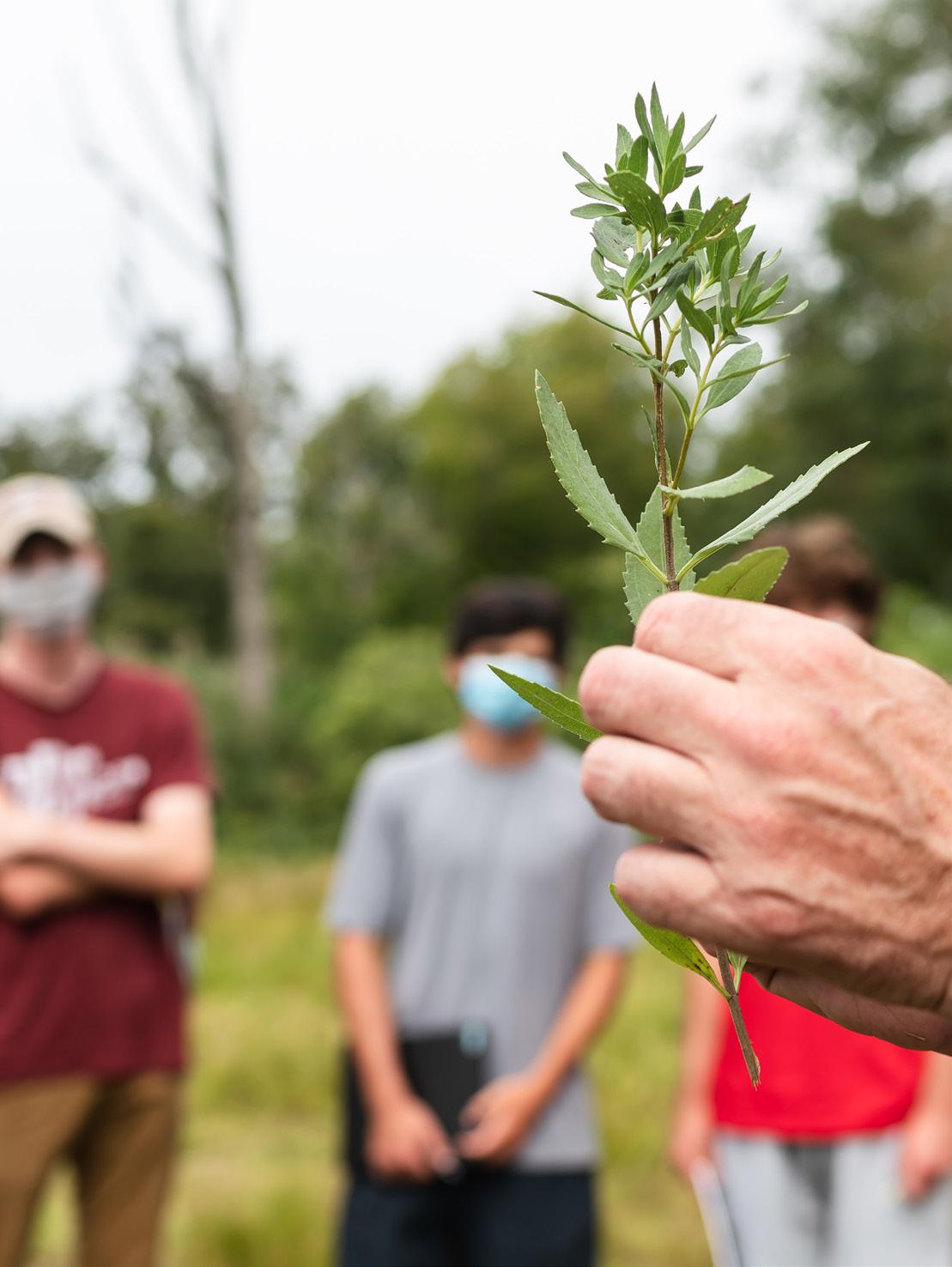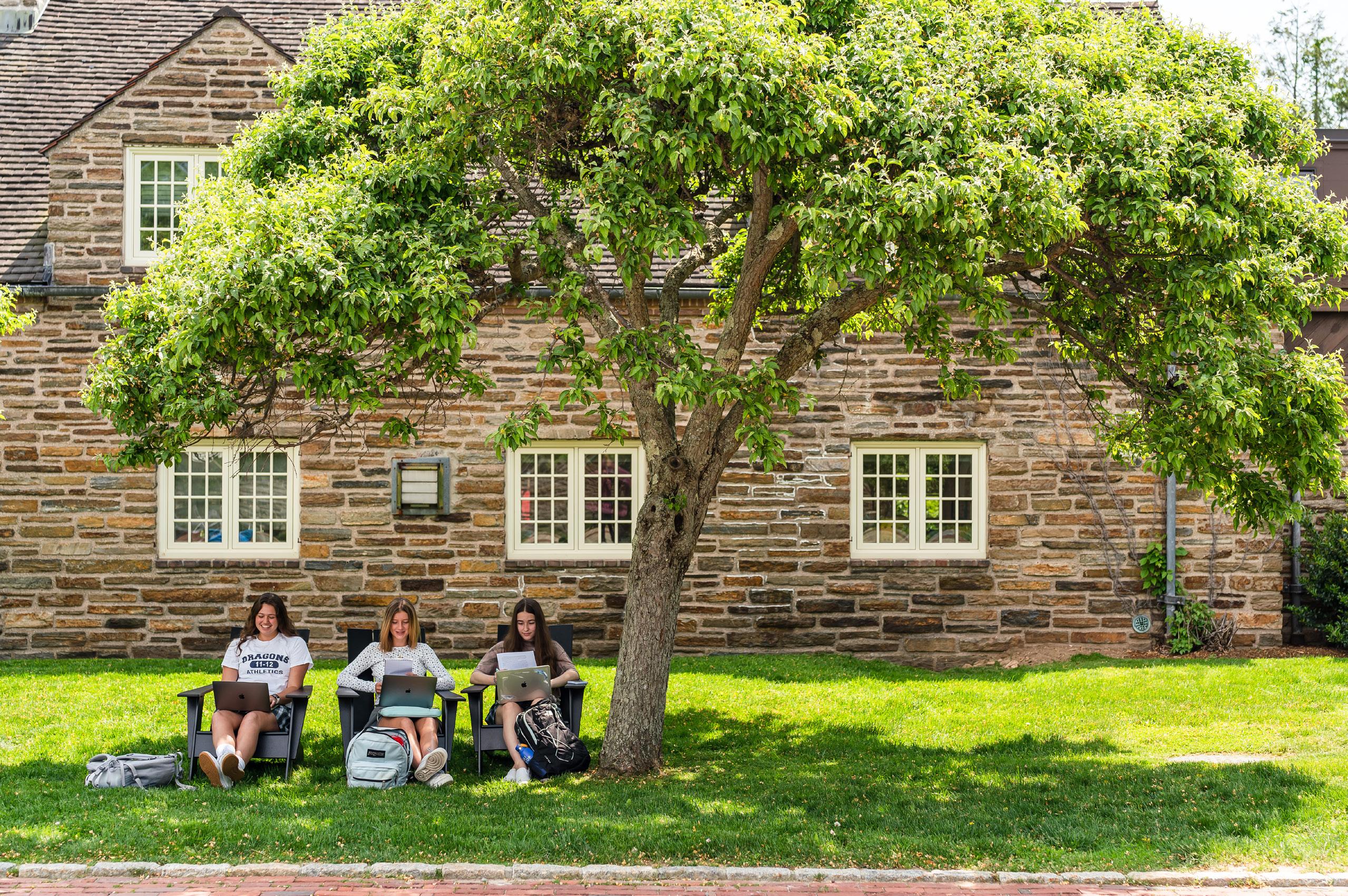visual arts
pursuing research in biological, physical, medical, and/ or engineering sciences. Student work will include reading scientific literature, statistical design of experiments, project planning, visual presentation of quantitative data, scientific and proposal writing, and presentation methods for scientific findings. Students will plan and conduct a year-long or multi-year independent science experimental research project under the mentorship of the instructor and, in some cases, field scientist(s). Students are expected to present the results of their research at local, state, or national fairs, symposia, or competitions. Open to 12th-graders. (1 credit; full year) VISUAL ARTS Students enrolled in visual arts classes in the Upper School explore the elements and principles of art and design through a wide variety of media and techniques, develop and expand their personal vision, and refine their creative and conceptual thinking. A variety of media are covered, from the most basic overview in Introduction to Visual Arts all the way to Advanced Portfolio and Advanced Inquiry levels. In addition to studio projects, students participate in critiques and dialogues about art and art history. Students are evaluated based on their engagement, risk-taking, and follow through on class exercises and assignments, quality of finished product, originality of thought, and demonstrated understanding of concepts presented. Student art is often displayed in common areas around the school. GFA artists are regularly accepted into juried local and national art shows. Note: All art students will be required to maintain a digital portfolio as well as a sketchbook or research workbook that will be used in their classes. ART250 Introduction to Visual Arts A full-year, one-credit course consisting of the three core disciplines offered in the Upper School: Studio Art, Photography and Video. This integrated curriculum enables students to develop skills in craftsmanship, idea generation, critical thinking and the common vocabulary across the disciplines. A range of approaches to surface, form, space, and time will be addressed through a variety of traditions and technologies, as well as concepts of theory and art history. In the fourth quarter, students will choose which medium they wish to continue to explore more in-depth. (1 credit; full year) ART450 Intermediate Studio Art This course is a full-year, one-credit course that increases students’ skills and competency in 2 and 3-D media. Continuing to build on skill development and 28
visual problem solving, students will explore composition through perspective, figure and gesture drawing, portraiture, printmaking, and color theory. The course emphasizes art making as an ongoing process that involves the student in informed, imaginative, and critical decision-making and risk taking. Key to this process is the student’s visual documentation of their experiments and discoveries in their research workbook. Prerequisite: Introduction to Visual Arts or permission of the instructor. (1 credit; full year) ART450 Intermediate Photography This course combines practice with theory and investigates the process of photography through a variety of approaches and technologies with an emphasis on Documentary. Through regular slide presentations and demonstrations, we will see and discuss examples of photography from a range of historical and contemporary photographic practices, from traditional film to state-of-the-art digital technologies. The course emphasizes art making as an ongoing process that involves the student in informed, imaginative, and critical decision-making and risk taking. Through class discussions and group and individual critiques, students will learn to analyze and discuss known works of photography, their own photographs and those of their peers, within a contemporary and historical art context. In semester one students will learn how to analyze photographic images within a cultural context, and be reinforced in methods of shooting and composition, scanning negatives, and digital manipulations. Semester two will expand upon students’ knowledge of digital and analogue photography in theory and practice. Students have the opportunity to visit local and regional photographic exhibitions in New York City. Prerequisite: Introduction to Visual Arts or permission of the instructor. (1 credit; full year) ART450 Intermediate Film/Video This course combines practice with theory and investigates the process of digital filmmaking through a variety of approaches and technologies. Students will explore, through individual and collaborative projects, topics in documentary, narrative, experimental and animation techniques. Over the course of the year, the class will view and discuss a variety of feature and short films that challenge students from an aesthetic, practical, and cultural perspective. Students will explore sophisticated sound and editing techniques using a variety of software and equipment provided to them. Regular critiques and discussions will further students’ communication skills and understanding of the cinematic language. Prereq-









